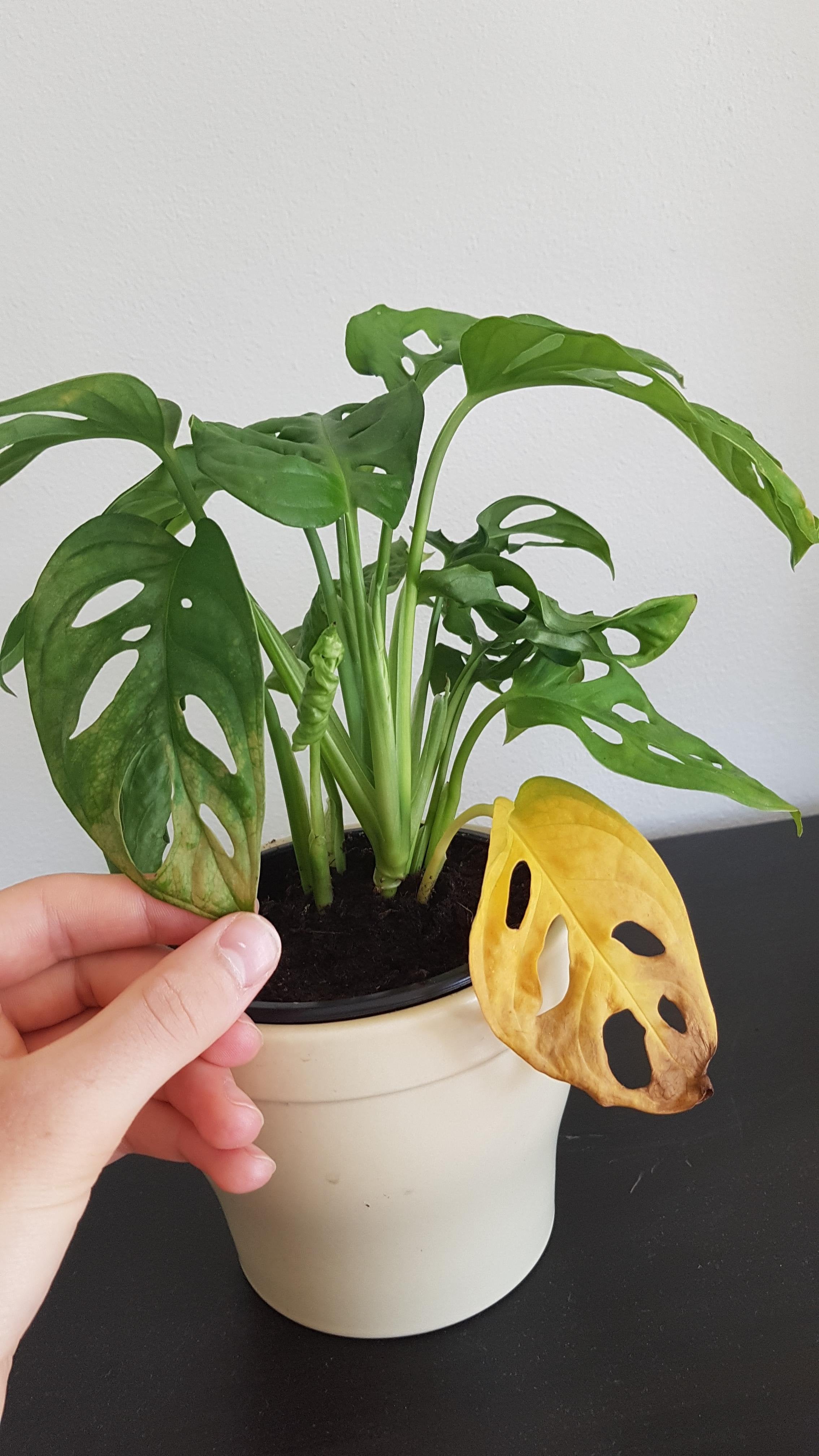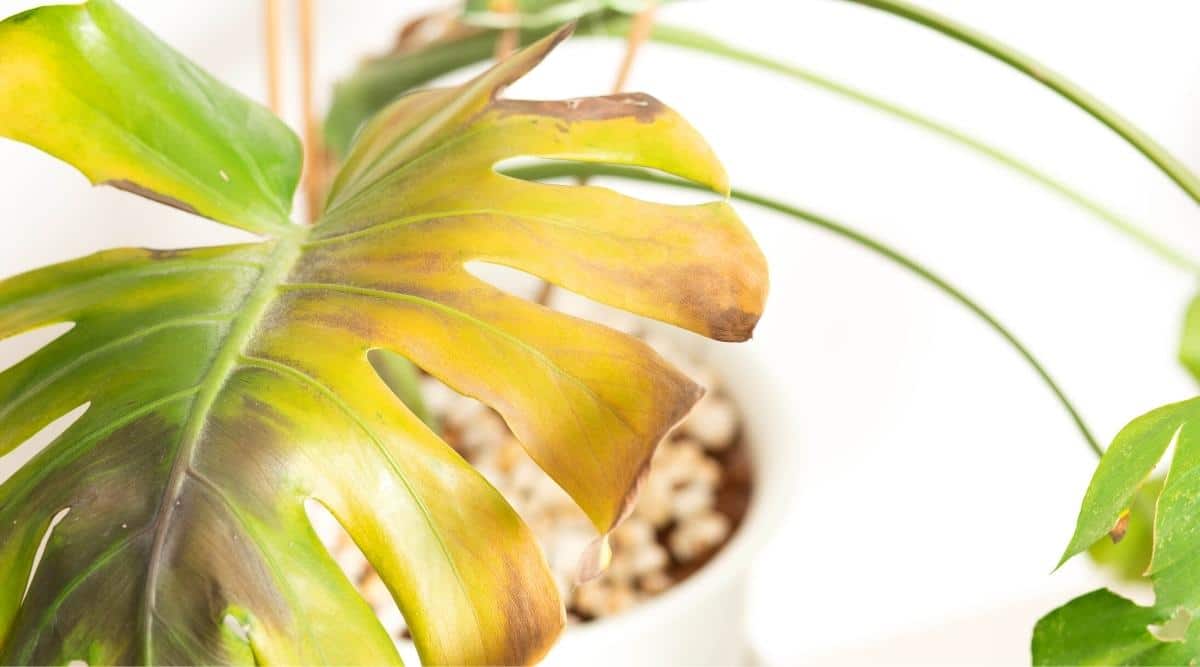Alright, so let’s talk about my Swiss cheese plant, or Monstera deliciosa if you want to get fancy, and the whole lighting saga I went through. I got one because, honestly, who doesn’t want those amazing leaves with all the splits and holes? I had this vision of it just thriving in my living room, looking super lush. That was the plan, anyway.
The Early Days of Guesswork
So, the first thing I did when I brought it home was find a spot for it. I’d done a bit of reading, and everything said “bright, indirect light.” Okay, sounds straightforward enough, I thought. But then I stood in my living room, looking around, and realized I had no clue what “bright, indirect” actually meant for my specific apartment. Is it three feet from the window? Five feet? Does the direction the window faces matter a ton? I pretty much just guessed and hoped for the best.

I initially put it in a corner that got some decent light, or so I believed. I waited. And waited. A few weeks went by, and… nothing. No new leaves, no exciting splits appearing. It wasn’t dying, thank goodness, but it certainly wasn’t the vibrant jungle plant I’d hoped for. It just looked a bit… meh. I started to feel like I was failing this poor plant.
My next move was to try it closer to a window that got more sun. I figured, more light equals more growth, right? But then I started stressing about scorching the leaves. You see all these posts online about sunburned Monsteras, and I definitely didn’t want to make that mistake. So, I’d be fiddling with the blinds, trying to filter the sun, and it just felt like too much work and constant worry.
Actually Paying Attention to the Light
I realized I needed to stop guessing and actually observe what the light was doing in my home throughout the day. So, for a couple of days, I made a point of noticing where the sunbeams landed and for how long. It sounds a bit daft, I know, just watching light, but it was a game-changer.
- I saw that my east-facing window got a really good amount of bright light in the morning.
- Crucially, by the afternoon, that area was in shade, so no harsh, direct sun beating down.
That felt like it could be the sweet spot. So, I moved my Swiss cheese plant there. Not pressed right up against the glass, but a little bit back, so it was getting all that lovely morning brightness without the risk of frying. And then, I just tried to leave it alone. No more constant moving or fussing.
Finally, Some Success!
And guess what? It worked! It took a little while, but then I saw a new leaf starting to unfurl. And then another one after that. The best part was that these new leaves had more fenestrations – those cool splits! It was like the plant finally let out a sigh of relief. It started to look genuinely happy. The leaves got a bit bigger, a nicer, deeper green.
When winter rolled around and the days got shorter and darker, I did decide to give it a little boost. I got a simple, cheap LED grow light, one of those clip-on types. I’d put it on for a few hours each morning just to supplement the natural light. I really think it helped keep the growth steady during those gloomy months. Didn’t want it to lose the momentum it had built up.
So, that’s basically my experience. For my plant, in my home, finding that consistent, bright morning light spot, shielded from harsh direct sun, was the key. It wasn’t about any complicated techniques or expensive gear. It was really just about observing my own environment and making small adjustments until the plant showed me it was happy. It’s still in that same spot today, pushing out beautiful, holey leaves, and I’m so glad I stuck with it and figured it out.






















